The Australian Rover Challenge
The Australian Rover Challenge (ARC) is a similar annual robotics competition held by the University of Adelaide, and invites students from across the country to compete in a full-scale simulated lunar mission.
The challenge was launched in 2020, and from 2021 to 2023 Monash Nova Rover have competed in and are proud to have placed first consecutively for 3 years.
Post Landing Task
“Your Rover has just landed on the surface of the Moon. Your team is now required to execute a task list to work towards establishing an in-situ resource utilisation (ISRU) outpost. Tasks include: conduct a systems check on the lander and relay any damage to the judges, navigate to and find the location of the Supply Cache while traversing obstacles and drops, and initiate start-up protocol.”
Lunar resources task
“Rovers will conduct in-situ resource identification, extraction and deposition or processing at three potential sample sites bearing varying levels of frozen water. Rovers will process the extracted regolith and deposit recovered liquid water and remnant material to the processing plant supply cache.”
Lunar construction task
The Lunar Construction task asks teams to use their rovers to manipulate their local environment in creating a habitable area for future human settlement on The Moon. Teams must use bricks as well as the surrounding surface material to build appropriate structures for a hypothetical Lunar outpost, such as safely navigable paths and berms for radiation protection. In 2022, paths constructed in the Lunar Construction task will subsequently be navigated by the teams in the Autonomous task.
Autonomous task
For this task, the rover must drive itself to multiple destinations whilst avoiding obstacles. The autonomous task models a lunar environment, as it does not allow the use of GPS or magnetometer based sensors which would only work on earth. This task requires careful implementation of multiple sensor fusion, the reliable mapping of obstacles, and other AI algorithms and techniques to navigate the course.





